The first fab at Samsung’s $17 billion Taylor campus is scheduled to begin operations by 2026.



The ability to communicate using only your thoughts might sound like the stuff of science fiction. But for people who don’t have the ability to speak or move due to injury or disease, there’s great hope that this may one day be possible using brain-computer interfaces (BCIs) that can “read” relevant brain signals and translate them into written or spoken words. A research team has made a preliminary advance in this direction by showing for the first time that a computerized brain implant can decode internal speech with minimal training.
In the new NIH-supported study, researchers implanted such a device in a brain area known to be important for representing spoken words called the supramarginal gyrus in two people with tetraplegia, a condition marked by full body paralysis from the neck down due to cervical spinal cord injury. The researchers found that the device could decode several words the participants “spoke” only in their minds. While we are far from using such a device to decode whole sentences or even phrases, and the exact mechanisms of internal speech are still under study, the findings, reported in Nature Human Behavior, are notable because it had been unclear whether the brain signals involved in thinking words could be reproducibly translated.
The findings come from a team led by Richard Andersen at the California Institute of Technology, Pasadena, CA, and Sarah Wandelt, now at the Feinstein Institutes for Medical Research in Manhasset, NY, and the study was supported by the NIH Brain Research Through Advancing Innovative Neurotechnologies® (BRAIN) Initiative Research Opportunities in Humans program. Though earlier research had shown that brain implants could decode vocalized, attempted, and mimed speech, it had yet to be seen whether internal speech could be similarly decoded.
Check out courses about science, computer science, or math on Brilliant! First 30 days are free and 20% off the annual premium subscription when you use our link ➜ https://brilliant.org/sabine.
The universe creates complexity out of simplicity, but despite many attempts at understanding how, scientists still have not figured it out. We do know that complexity relies on the emergence of new features and laws, but then again we don’t understand emergence either. The first step must be to clearly define what we are talking about and to measure it. A group of scientists now put forward a way to do exactly this. Let’s have a look.
Paper here: https://arxiv.org/abs/2402.
Correction to what I say at 04:07 \.
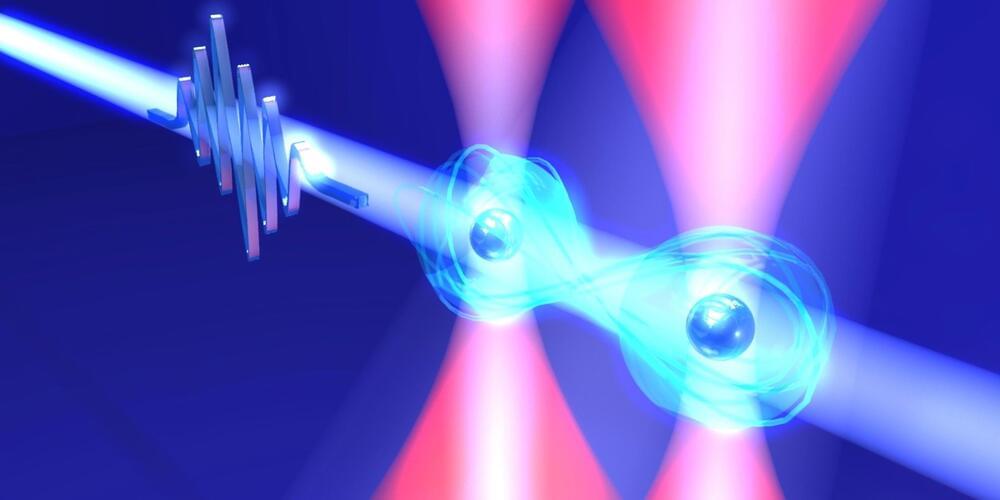
The Institute for Molecular Science has launched a Commercialization Preparatory Platform, in collaboration with 10 industry partners, to accelerate the development of “cold (neutral) atom” quantum computers.
Institute for Molecular Science (IMS), National Institutes of Natural Sciences, has established a “Commercialization Preparatory Platform (PF)” to accelerate the development of novel quantum computers, based on the achievement of a research group led by Prof. Kenji Ohmori. The launch of the PF was made possible by collaboration with 10 industry partners, including companies and financial institutions.
The 10 partners that joined the PF include (listed alphabetically): blueqat Inc., Development Bank of Japan Inc., Fujitsu Limited, Groovenauts, Inc., Hamamatsu Photonics K.K., Hitachi, Ltd., and NEC Corporation.
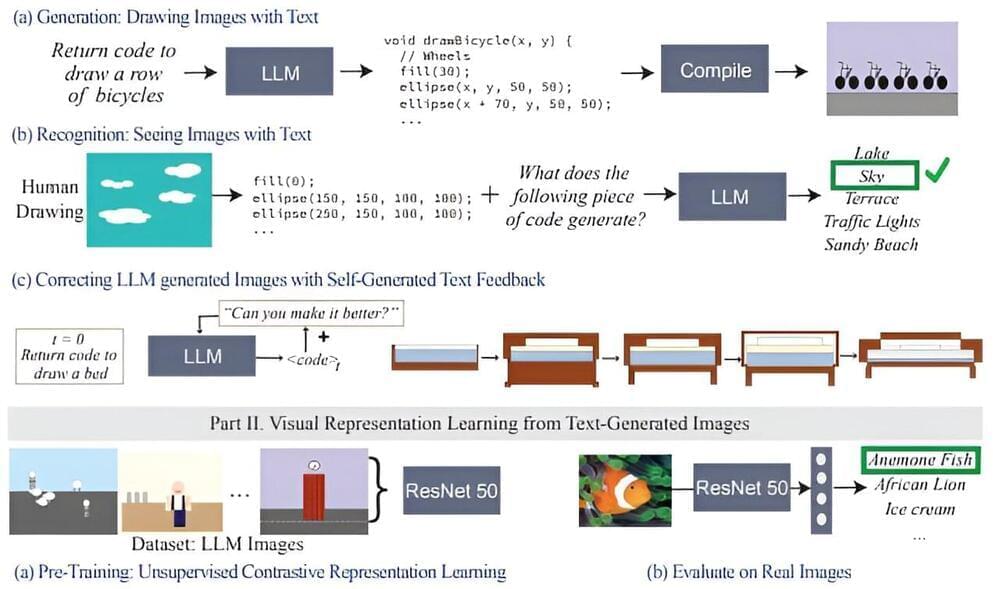
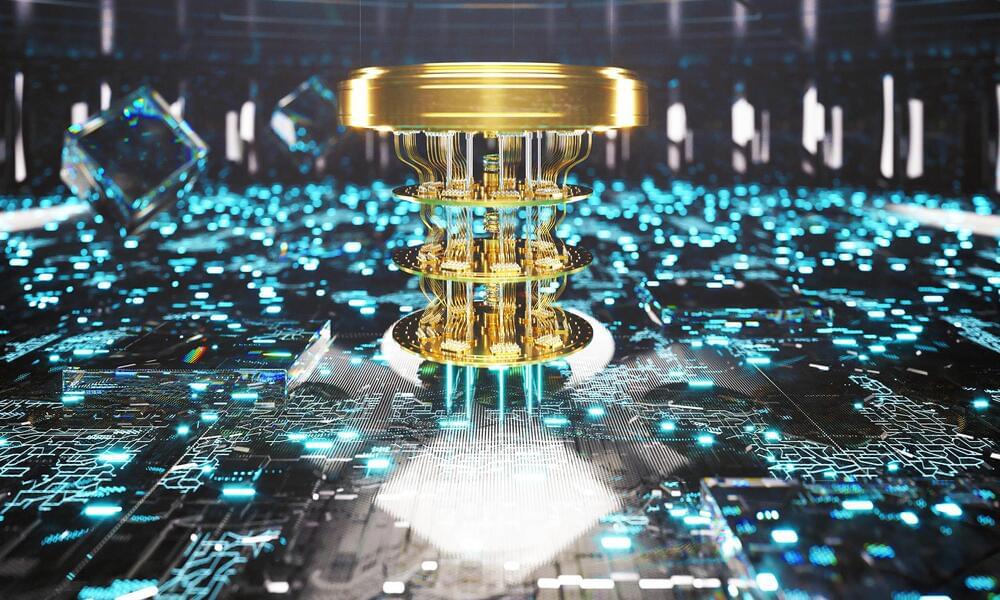
Researchers have devised a new method of building quantum computers, creating and “annihilating” qubits on demand, using a femtosecond laser to dope silicon with hydrogen.
This breakthrough could pave the way for quantum computers that use programmable optical qubits or “spin-photon qubits” to connect quantum nodes across a remote network.
In turn, this creates a quantum internet that is more secure and capable of transmitting more data than current optical-fiber information technologies.
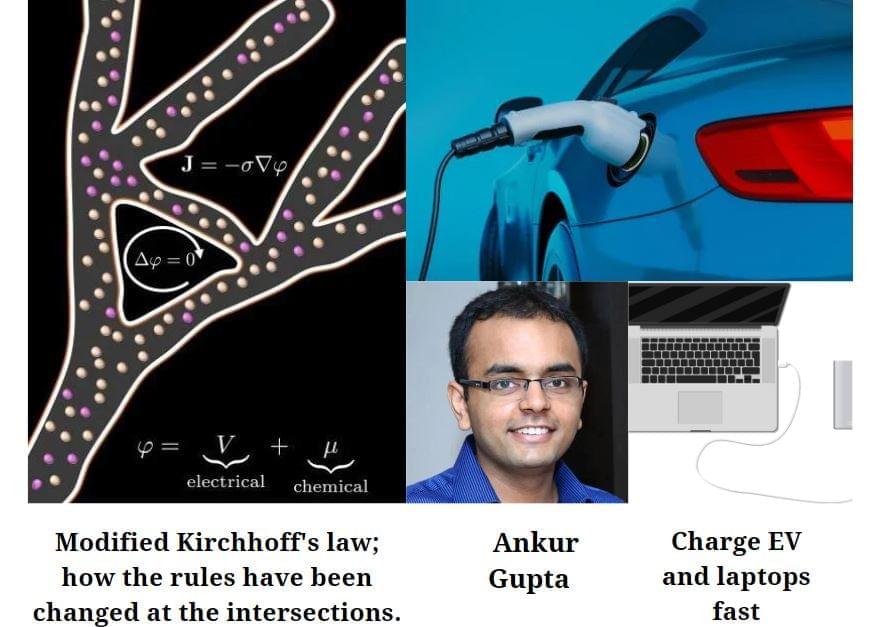
Imagine if your dead laptop or phone could charge in a minute or if an electric car could be fully powered in 10 minutes. While not possible yet, new research by a team of CU Boulder scientists could potentially lead to such advances.
Published today in the Proceedings of the National Academy of Sciences, researchers in Ankur Gupta’s lab discovered how ions, move within a complex network of minuscule pores. The breakthrough could lead to the development of more efficient energy storage devices, such as supercapacitors, said Gupta, an assistant professor of chemical and biological engineering.
“Given the critical role of energy in the future of the planet, I felt inspired to apply my chemical engineering knowledge to advancing energy storage devices,” Gupta said. “It felt like the topic was somewhat underexplored and, as such, the perfect opportunity.”
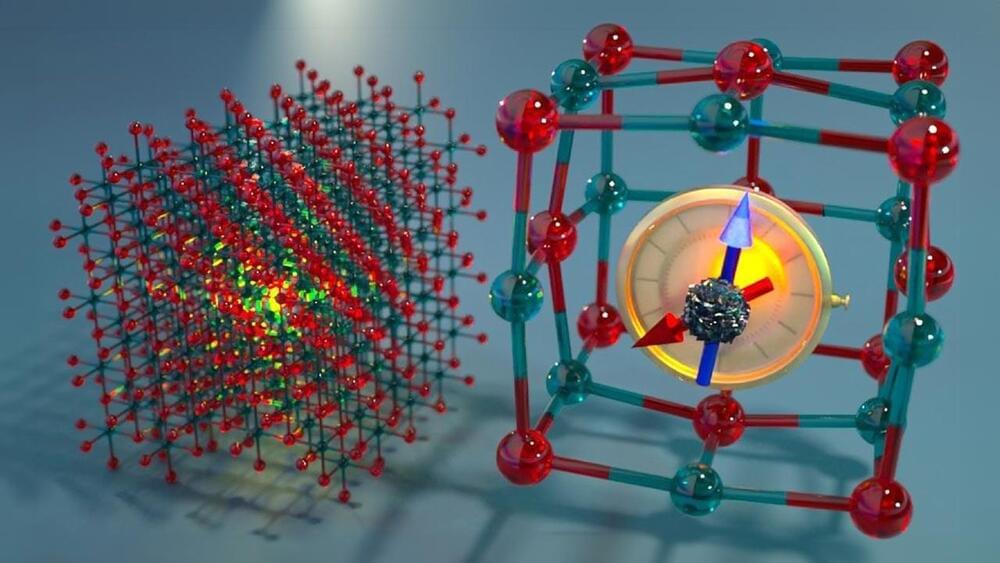
Researchers discovered that bismuth atoms embedded in calcium oxide can function as qubits for quantum computers, providing a low-noise, durable, and inexpensive alternative to current materials. This groundbreaking study highlights its potential to transform quantum computing and telecommunications.
Calcium oxide is an inexpensive, chalky chemical compound frequently used in the manufacturing of cement, plaster, paper, and steel. However, the common material may soon have a more high-tech application.
Scientists used theoretical and computational approaches to discover how tiny, lone atoms of bismuth embedded within solid calcium oxide can act as qubits — the building blocks of quantum computers and quantum communication devices. These qubits were described by University of Chicago Pritzker School of Molecular Engineering researchers and their collaborator in Sweden on June 6 in the scientific journal Nature Communications.
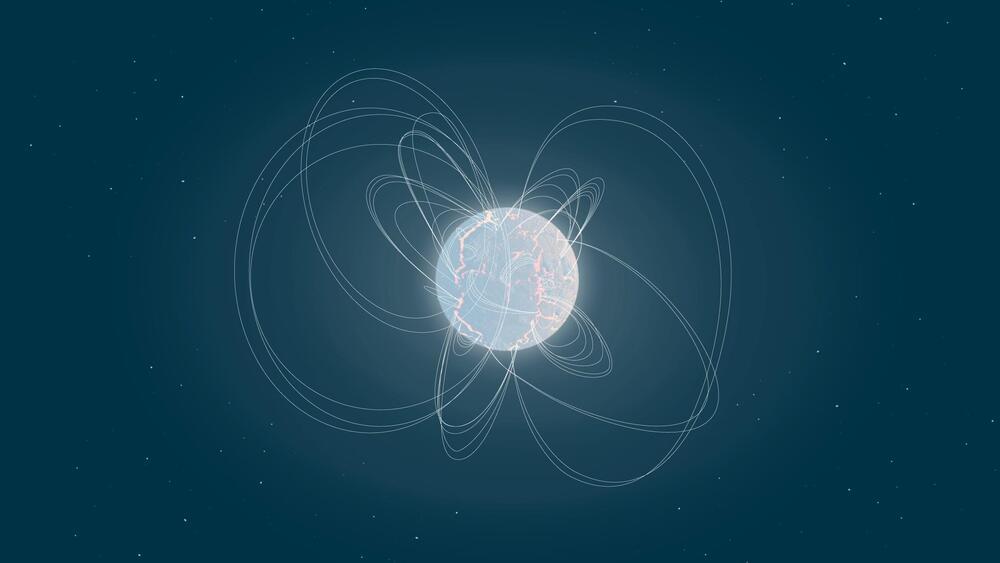
As ESA’s satellite INTEGRAL scanned the skies, it detected a surge of gamma-rays emanating from the nearby galaxy M82. Shortly after this observation, ESA’s XMM-Newton X-ray space telescope sought any residual glow from the event but detected nothing. An international research group, with contributors from the University of Geneva (UNIGE), concluded that the burst was an extragalactic flare from a magnetar, a young neutron star known for its intense magnetic field. This finding was documented in the journal Nature.
On 15 November 2023, ESA’s satellite INTEGRAL spotted a sudden explosion from a rare object. For only a tenth of a second, a short burst of energetic gamma-rays appeared in the sky. “The satellite data were received in the INTEGRAL Science Data Centre (ISDC), based on the Ecogia site of the UNIGE Astronomy Department, from where a gamma-ray burst alert was sent out to astronomers worldwide, only 13 seconds after its detection,” explains Carlo Ferrigno, senior research associate in the Astronomy Department at UNIGE Faculty of Science, PI of the ISDC and co-author of the publication. The IBAS (Integral Burst Alert System) software gave an automatic localization coinciding with the galaxy M82, 12 million light-years away. This alert system was developed and is operated by scientists and engineers from the UNIGE in collaboration with international colleagues.
Paul Terry, CEO of Photonic Inc., explores the crucial phases needed to develop large-scale, fault-tolerant quantum systems.